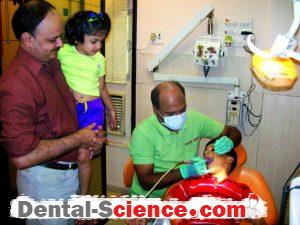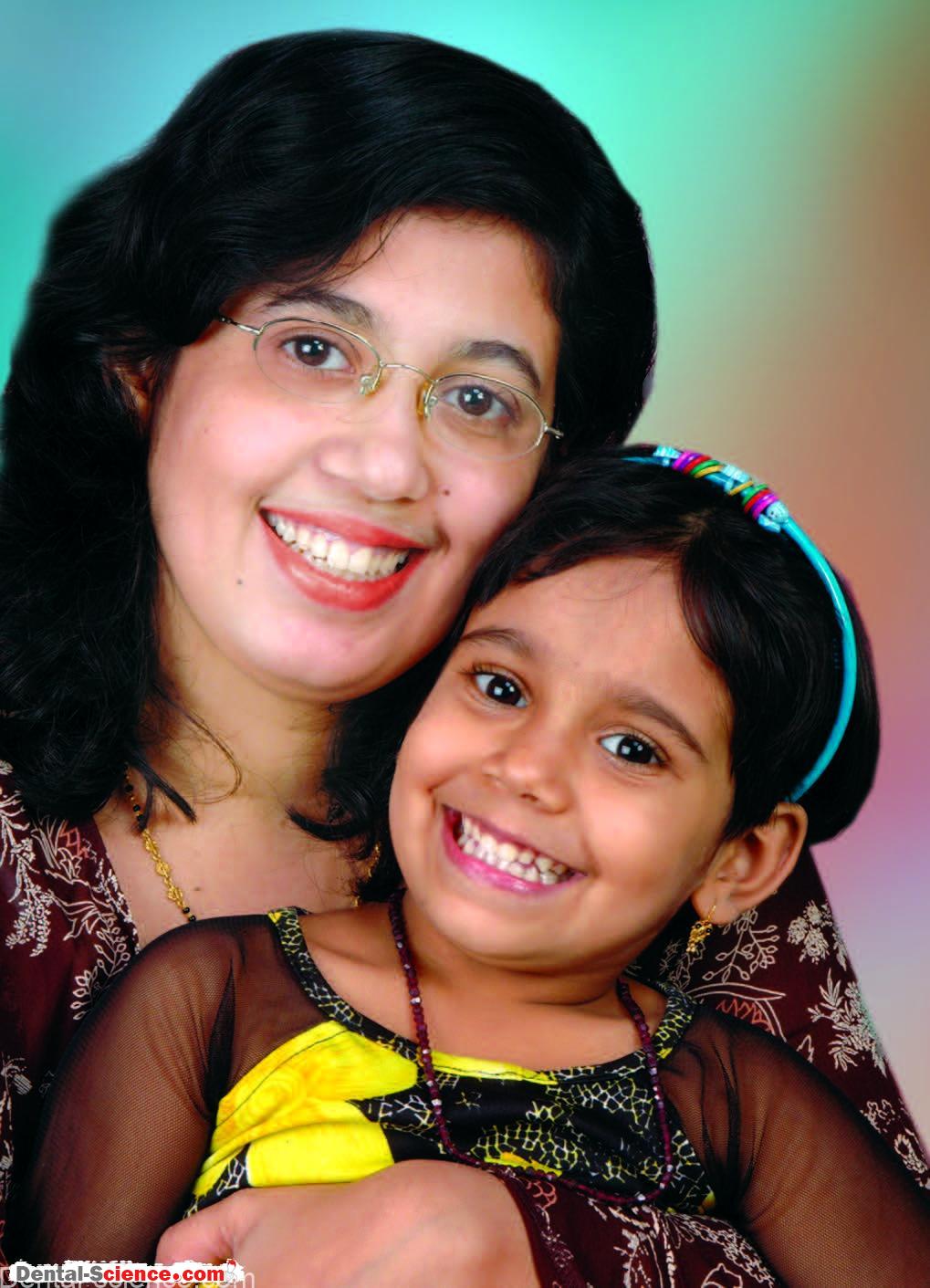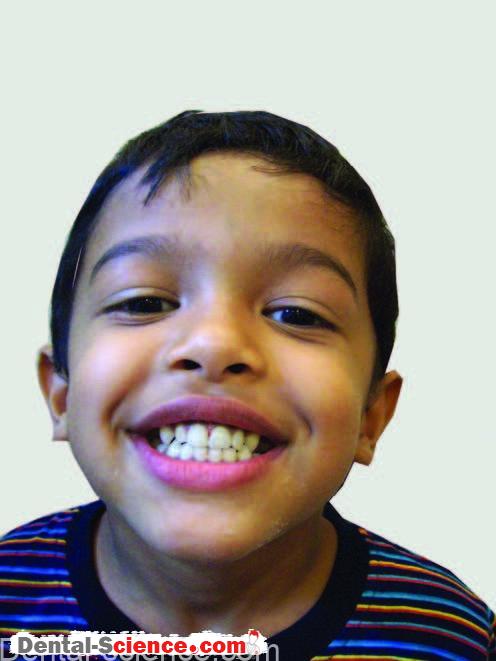Modeling
– For a child who has refused to comply after TSD and contingency management, the dentist may arrange a demonstration of a procedure in a child of similar age.
– It is a very effective method for young children (around 3 years of age) and children with past negative experience.
– The child chosen to sit on the chair (the co-operative child) should be a ‘conditioned’ child, who also communicates freely.
– He/she has to be told that due to his/her good behavior, he/she has been chosen to perform before the other child who does not know ‘cleaning of teeth’.
– The child, thus, takes a pride in performing before an audience! The child, who is shown the procedure, also gets to know that he/she would be deprived of attention, special privileges such as sitting on the chair to get teeth cleaned and brightened, and gift towards the end unless he/she also behaves well and accepts dental care.
– At times, a sibling (older/younger does not matter; the more cooperative one) also can be a good candidate to his/her companion.
– It is important to choose the correct procedure for modeling.
– Never show a procedure like LA administration, extraction or even a cavity preparation for
a restoration that could be painful.
– The preferred procedure is a small restoration or a post-endodontic restoration.
– Although a child can be shown a recorded procedure to understand what dental treatment is like, the same can never be as effective as the live one due to obvious reasons.
– Also, children may feel that the video-clips are ‘doctored’ to appear harmless!
– The modeling is always carried out in combination with TSD and Contingency Management.
ــــــــــــــــــــ► ⒹⒺⓃⓉⒶⓁ–ⓈⒸⒾⒺⓝⓒⒺ ◄ــــــــــــــــــــ






